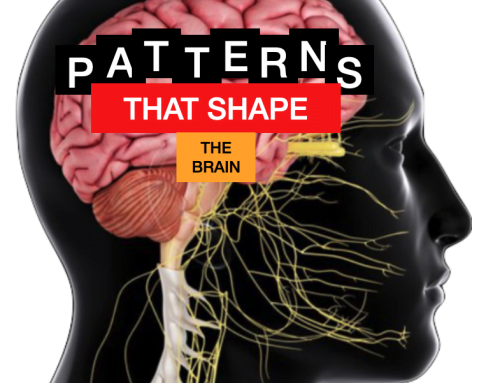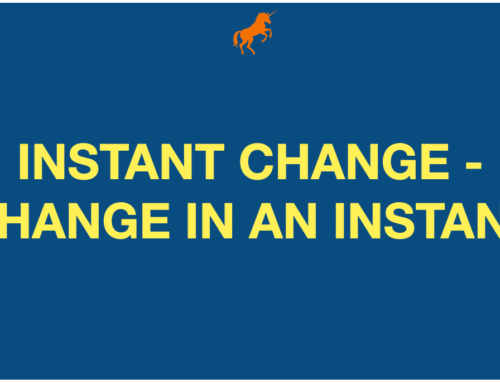On the face of it, finding the problem with a client may not seem too tricky. Clients come to see you and all they can talk about, all they can think about is their problem. Their problem is their life, and that is often their problem, they cannot see anything in their life other than the problem.
However, what they are complaining about, the problem as they are expressing it and as they are experiencing it in their mind is not necessarily the real problem.
The problem here is that if you go about solving their problem and it is not the real problem, then the real problem will still exist. What you have solved is not the problem!

When a client tells you their problem, try it on. Is it a problem to you? If it isn’t, then ask them “how is that a problem for you?”
They will then attempt to explain. “Well, I really do not think that I deserve to spend money on eating out. I should stay at home and eat alone.”
Now is that a problem? Yes, that is a problem, that is a limiting belief and may amount to “I am not worthy.”
Like all major problems “I am not worthy” as a limiting belief will manifest itself in lots of different ways in their life and cause major limitations for them.
So, in this case we can solve the problem of “I am not worthy” with the NLP Parts Integration, and Timeline techniques and we can make a major positive difference to their life. Once this issue is sorted out I am sure that they will not be bothered about which restaurant to eat in.
We could have helped them solve the problem of which restaurant to eat in without digging deeper but would that have solved the problem of “I am not worthy”? No.
The key here is that the problem that the client comes to you with is probably just the presenting problem. In order to be effective with your NLP therapy you need to discover the underlying problem, so first of all spend time asking them “how is that a problem to you?”
We teach these skills and those involving NLP Parts Integration and Timeline on our NLP Practitioner Training Courses. You can train online and at venues throughout the UK with Anthony Beardsell at Excellence Assured.






Leave A Comment